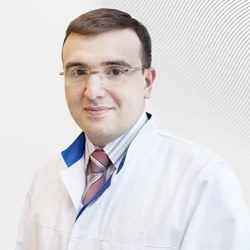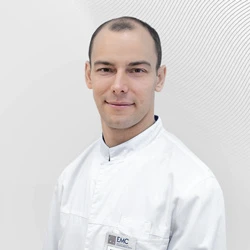Anal canal cancer was considered a rare pathology until recently, but now there is a significant increase in incidence — at least 2% per year. Modern opportunities for early detection of a precancerous condition can help reduce the incidence of this cancer.
What is "anal intraepithelial neoplasia" (AIN)?
Infection with human papillomavirus increases the risk of developing AIN.
HPV strains of high oncogenic risk (16, sometimes 6, 11, 18, 33) are detected in 90% of cases of anal intraepithelial neoplasia.
The following factors can contribute to HPV infection:
- human immunodeficiency virus (HIV) infection. The incidence among HIV-infected persons is 140 cases per 100,000 people;
- anogenital contacts. Among people of non-traditional sexual orientation aged 18-50 years, the prevalence of HPV in the perianal zone is 50-60%. The incidence among people of all ages in this group is 40-70 cases per 100,000 people;
- unprotected sexual intercourse. Young people (25-29 years old) with multiple sexual partners are at risk.
Where can I read about AI?
In the Russian-language literature and online resources, most of the materials are devoted exclusively to the pathology of the cervical canal in women, a small part is devoted to the topic of prostatic neoplasia, and anal neoplasia is only a few articles.
Abroad, interest in this form of precancerous condition has been developing over the past 10 years, which has been reflected in numerous publications in specialized English-language publications.
How to identify the AINU?
of the EMC Department of coloproctology to all patients as an anal cancer screening, especially if there are positive results of HPV infection with high oncogenic risk, or the patient has other factors, increasing the risk of this type of cancer.
Screening for anal intraepithelial neoplasia may change the situation with the increasing incidence of anal cancer in at-risk groups.
The earlier the AIN is recognized, the lower the cost of treating the precancerous condition and cancer itself. With timely removal of the dysplasia site, the likelihood of developing anal cancer is minimized.
Was this information helpful?
Questions and answers
Ask a Question
.webp)





.webp)







.webp)

.webp)
.webp)





.webp)


